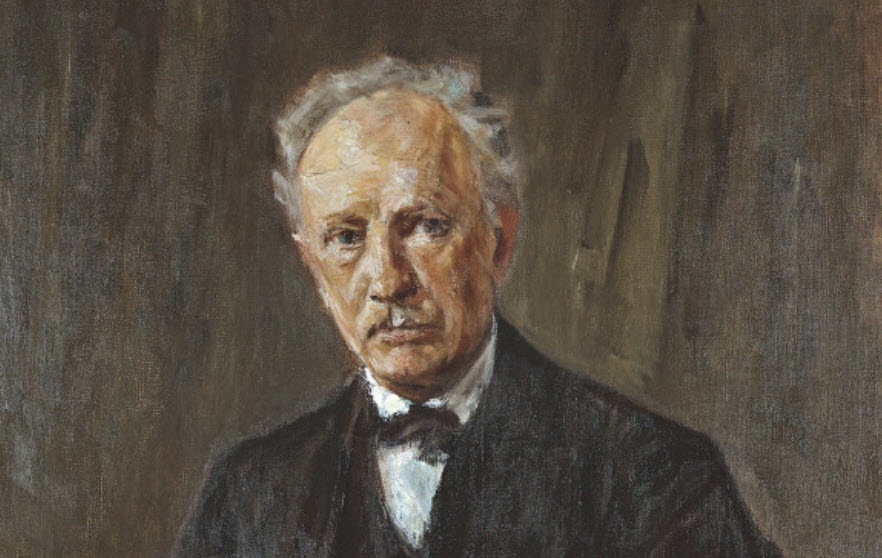Who was Richard Strauss? Information on German composer Richard Strauss life story, biography, works and compositions.

Source: wikipedia.org
Richard Strauss; (1864-1949), German composer. He is best known for his operas, including Salome and Der Rosenkavalier, and for his symphonic tone poems, such as Don Juan and Till Eulenspiegel’s Merry Pranks. Because he constantly experimented with harmonies and rhythms, Strauss was at first regarded as a radical innovator. Later critics, however, saw him as a major figure of the splendid twilight of German Bomanticism.
Early Years
Strauss was born in Munich on June 11, 1864. His father, Franz Strauss, was a celebrated horn virtuoso. Young Richard began composing when he was six, and his first symphony was performed when he was 18. He began a distinguished conducting career in 1885, when he succeeded Hans von Bülow as director of the Meiningen Orchestra. He later held other important conducting posts, including those with the Weimar court orchestra (1889-1894) and the Royal Opera House, Berlin (1898-1910).
Strauss’ earliest works were conventional, but he quickly adapted to his own purposes the more advanced usages of his day. The first of his great tone poems was Don Juan (1889). His first opera, Guntram, heavily Wagnerian in style, was given in Weimar in 1894. His operatic period, however, did not begin effectively until 1905. In the interim he wrote his other major tone poems, including Death and Transfiguration (1890), Till Eulenspiegel’s Merry Pranks (1895), Thus Spake Zarathustra (1896), Don Quixote (1898), and A Hero’s Life (1899).
Middle Years
In 1905, having gained international fame as a conductor and as a composer of orchestral works, Strauss attracted the attention of the operatic world with the masterful Salome. The libretto was a German translation, by Hedwig Lachmann, of Oscar Wilde’s notorious play of that name. Next came Elektro (1909), which had a libretto by Hugo von Hofmannsthal and marked the beginning of Strauss’ successful collaboration of about 20 years with the great Austrian poet. Elektra was followed by Der Rosenkavalier (1911), perhaps Strauss’ best-loved opera, famous for its lilting, exquisite waltzes. Ariadne auf Naxos, first performed in 1912, was given in a revised version in 1916. Other operas done in collaboration with Hofmannsthal were Die Frau ohne Schatten (1919), Die ägyptische Helena (1928), and Arabella (1933).
Last Years
Strauss’ last years were stormy. His attitude toward the Hitler regime was ambiguous. In 1933 he became president of the powerful Reichsmusikkammer, an agency that controlled the musical life of Nazi Germany. He came into conflict with the Nazi authorities, however, and resigned in 1935. In 1947, aged and feeble, he visited London, where he participated in a Strauss festival. In June 1948, a Munich denazification court cleared him of collaboration charges. He died at his Bavarian retreat in Garmisch-Parten-kirchen on Sept. 8, 1949.